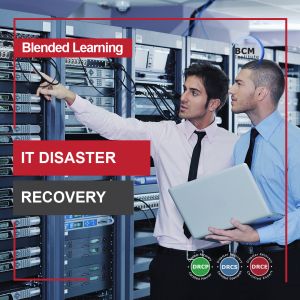Virtualization
1. Virtualization is a technology of combining multiple physical storage devices into a logical, virtual storage pool that can be centrally managed and is presented to the network applications, operating systems, and users as a single storage device.
 Related Terms: Data Protection/Recovery Strategy - Category.

| ||||||||
{{#ev:youtube|kIsch_ywbTM|350}}

2. Virtualization is a technique for hiding the physical characteristics of computing resources from the way in which other systems, applications, or end users interact with those resources. It includes making a single physical resource (such as a server, an operating system, an application, or storage device) appear to function as multiple logical resources; or it can include making multiple physical resources (such as storage devices or servers) appear as a single logical resource.
Source: Wikipedia
3. In storage, virtualization is a means by which multiple physical storage devices are viewed as a single logical unit. Virtualization can be accomplished in band (in the data path) or out of band. Out of band virtualization does not compete for host resources, and can virtualize storage resources irrespective of whether they are DAS, NAS or SAN.
Source: Microsoft Storage Glossary
